-
Unfortunately, this is difficult to answer in general terms - on the one hand because different tree species absorb different amounts of carbon and on the other hand because trees absorb different amounts of carbon during their different stages of development.
In the first few years, the young trees bind relatively little CO2. But as soon as they grow in height, a lot of CO2 is absorbed. The amounts vary depending on the tree species, light intensity, water and nutrient availability at the location, etc. The older trees get, the more biomass is produced, but at the same time they also lose leaves and branches, and of course individual trees can also die, so that a certain amount CO2 is released again. In the meantime, new trees are growing naturally, so that a balance is created in the forest over time and the biomass can be used to determine exactly how much CO2 is bound in the forest in total. The creation of permanent forests is always the goal of our projects.
The specification of the absorption capacity of a tree is therefore always only a rough average value. As a rule of thumb it can be said that a tree absorbs an average of 22 kg of CO2 per year. This value is higher for projects near the equator, e.g. Nicaragua, since the trees can grow all year round due to a year-round vegetation period and are not slowed down in their growth by winter, as is the case here in Germany.
source: European Environmental Agency
-
We started our tree planting journey with partners in Nepal and Madagascar. Most of the plantations in Nepal are located near Pokhara. In Madagascar, we currently support projects in two national parks where the habitat for endangered species can be secured. Other plantations are located in the Northwest of Madagascar, both on the coast and inland.
We’ve established partnerships with Tree Planting Partners across: Ethiopia, Tanzania, Uganda and Malawi.
Recently, we have launched our first pilot tree-planting project in India. This project is taking place in northern India in the municipal corporation of Abohar and other neighbouring villages in the Indian states of Rajasthan and Punjab. We’re very excited to be extending our reach and contribution and will soon introduce our new partners and the inspiring work they do on our Blog & Social Media Channels.
Since we try to keep the costs per tree as low as possible (and to be able to plant even more trees!), we do not offer geotracking of individual trees. Geotracking is very expensive due to the high administrative effort - and with the same budget, more trees can be planted.
-
Basically, the benefit of trees compensating CO2 and protecting climate is given worldwide, no matter where emissions are caused and emitted.
There are several reasons why we decided to plant the trees in the Global South. Because there we can achieve a lot on a social, ecological and economic level at the same time:
1. The social leverage is greater here, as together with our partners we attach great importance to local social interests. Thus, the local communities are offered the opportunity for education and training. In addition, the cultural traditions and needs of the local communities are strictly taken into account.2. The ecological leverage is also much greater, as many more trees can be planted with the same budget due to lower wages and costs for the reforestation areas.
3. Finally, we can achieve more on the economic level: Together with our partners, we plant trees where poverty is very high, so that local communities can be strengthened through long-term employment and income opportunities. In this way, a positive idea of "sustainability" can also find its way into countries where climate protection has often been seen as a brake on development.
These ideas are based on the three-pillar model of sustainable development, which is based on the idea that sustainable development can only be achieved through the simultaneous and equal implementation of environmental, economic and social goals.
-
We are on a mission o make tree planting easy and offer it at a fair price - this is the only way we see to make a maximum contribution to fight climate change together.
For this reason, we do not offer inspection options, tree certificates, photos or the personalization of trees. In order to keep the costs per tree as low as possible for you, we try to keep that whole process, from choosing your option for buying trees to planting the trees as lean as possible.






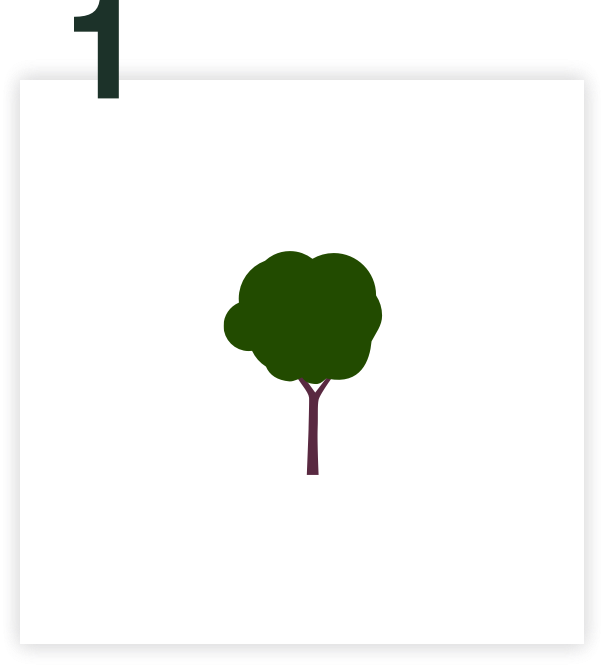
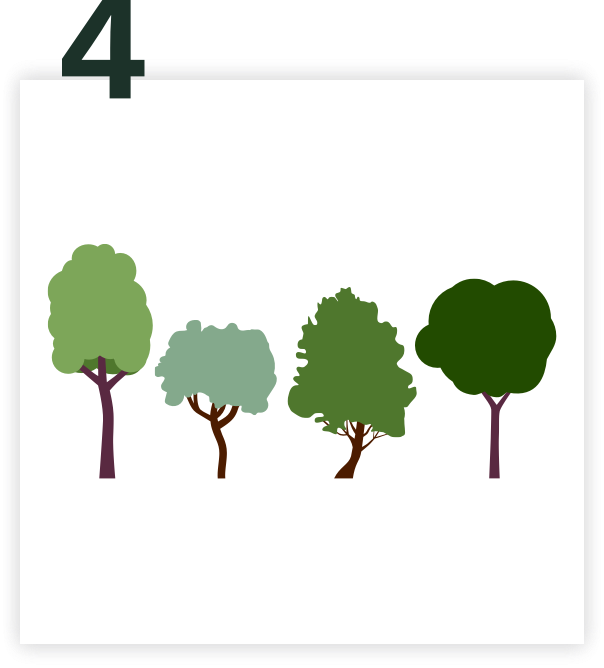
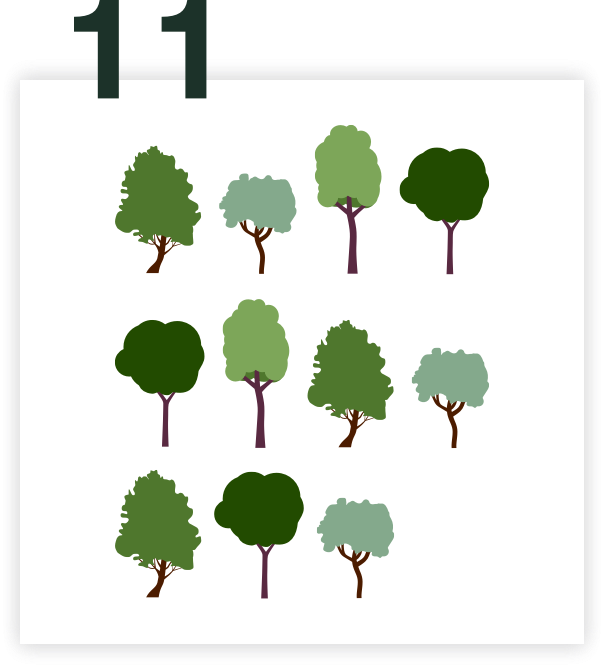
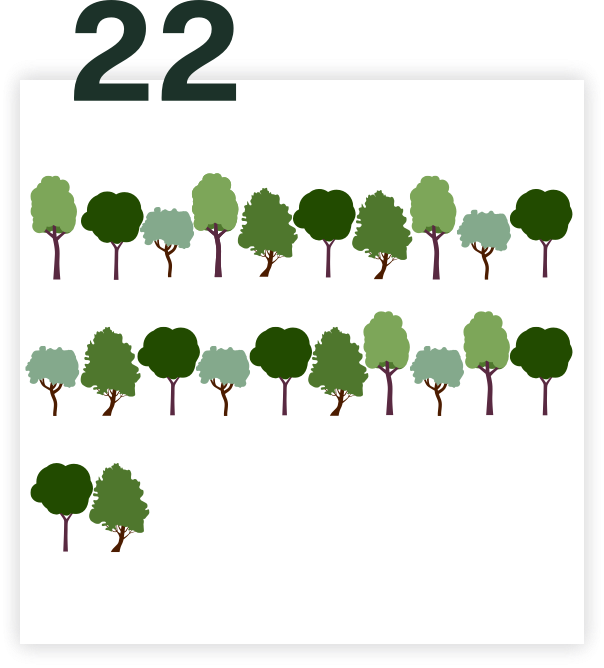
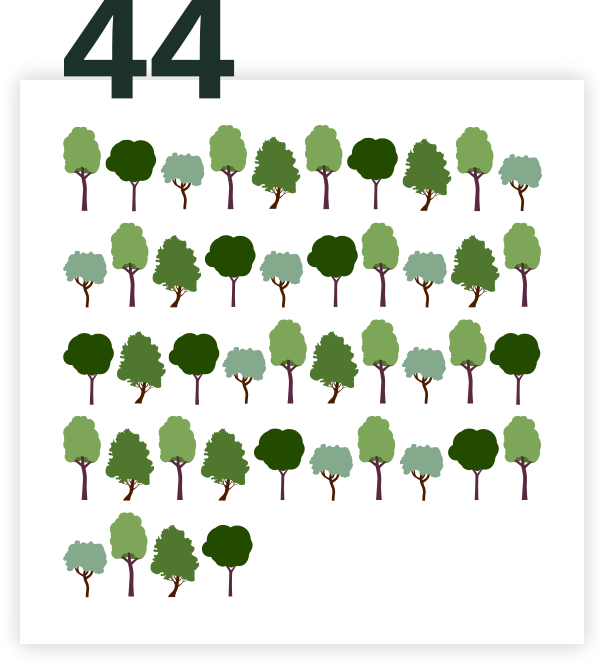
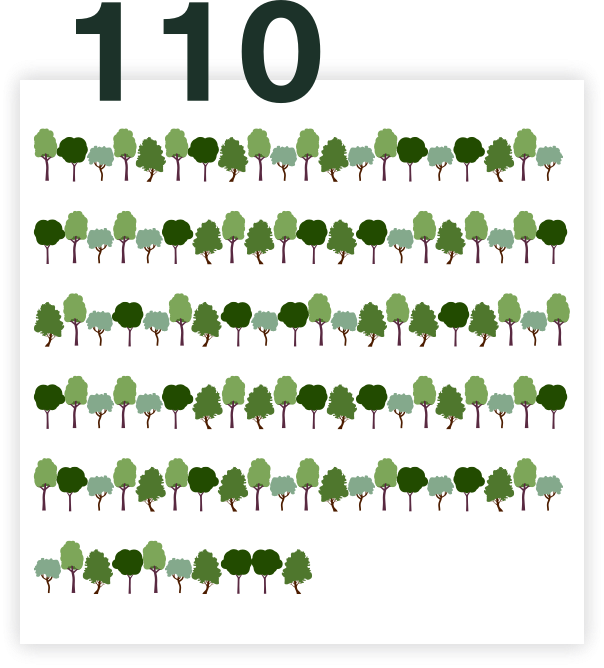
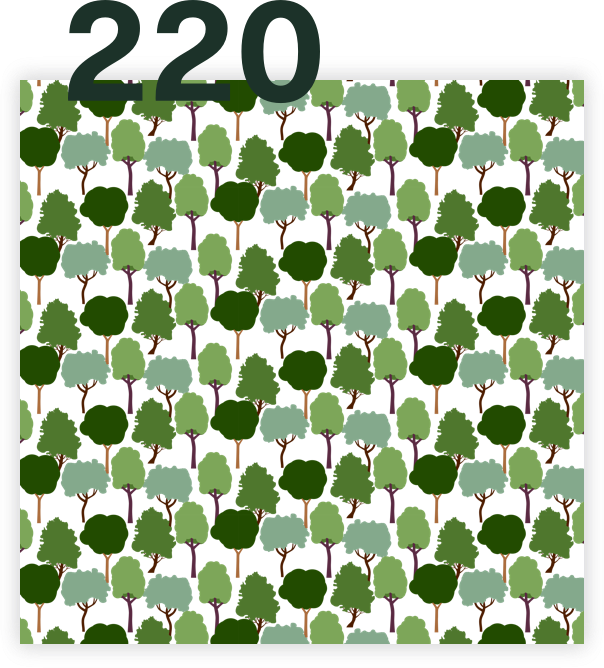
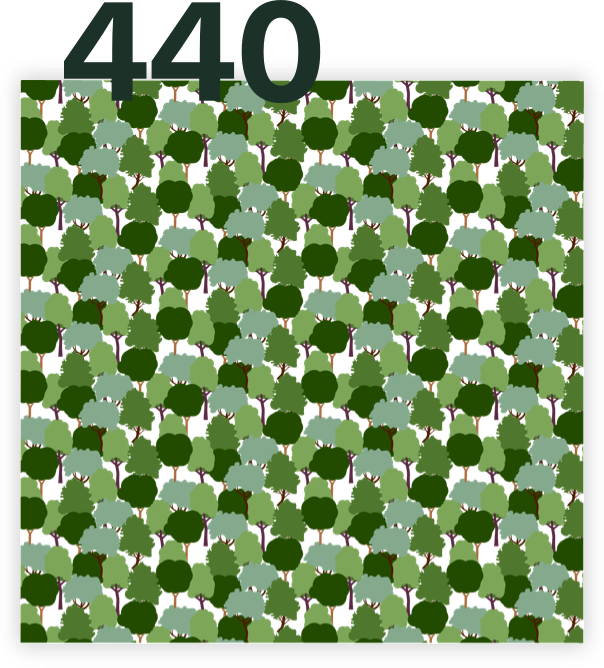



)


